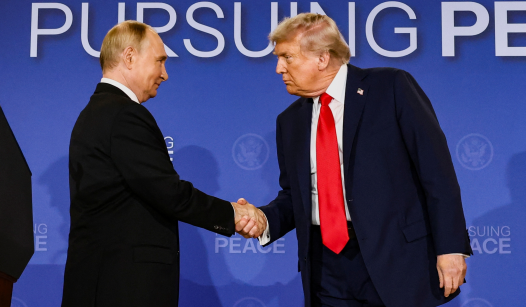The recent ‘No Deal’ summit has highlighted the complexities surrounding the ongoing conflict in Ukraine. As the situation evolves, it becomes increasingly clear that any effective American intervention will require a balanced approach, incorporating both incentives and consequences.
The summit, which brought together key international players, served as a platform for discussing potential pathways to peace. However, the absence of a concrete agreement underscores the challenges that lie ahead. Diplomatic efforts must now pivot toward a more nuanced strategy that recognizes the need for both support and accountability.
To foster a lasting resolution, the United States must consider a dual strategy: enhancing diplomatic engagement while also demonstrating a willingness to impose consequences for continued aggression. This approach acknowledges the realities of the geopolitical landscape, where mere negotiations may not suffice to deter hostile actions.
Historically, successful interventions have often combined diplomatic overtures with a clear message of resolve. By offering both support to Ukraine and a readiness to respond to violations, the U.S. can strengthen its position as a mediator and bolster its credibility on the global stage.
As discussions progress, it is essential for American policymakers to remain attuned to the shifting dynamics in the region. Engaging with allies and partners will be crucial in crafting a cohesive strategy that balances humanitarian assistance with the need for deterrence. The objective should not only be to end the conflict but to establish a framework that prevents future escalations.
In conclusion, the path to peace in Ukraine is fraught with challenges, but a strategic approach that combines both incentives and consequences could pave the way for a more stable future. The ‘No Deal’ summit may have fallen short of immediate results, but it has opened the door for a critical dialogue on how to navigate the complexities of this ongoing crisis.
